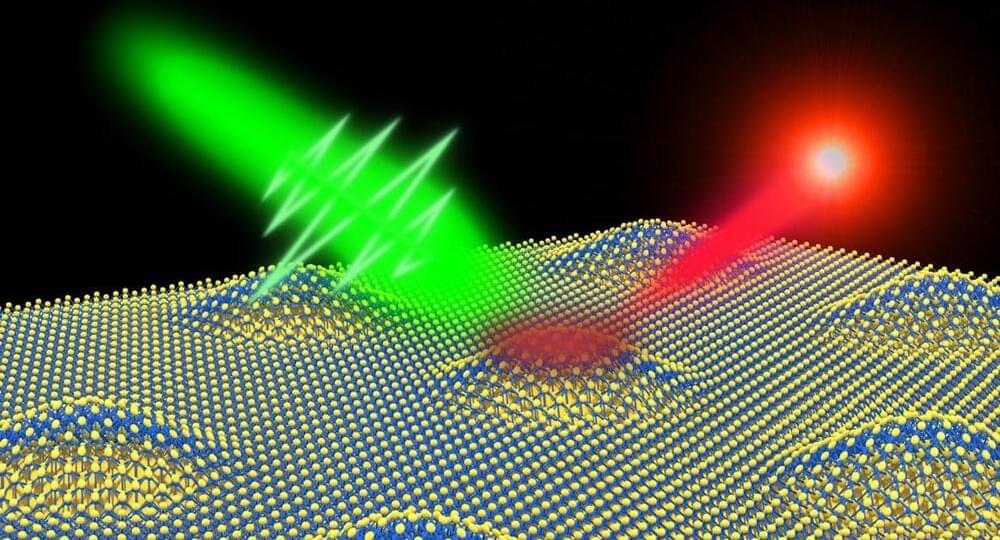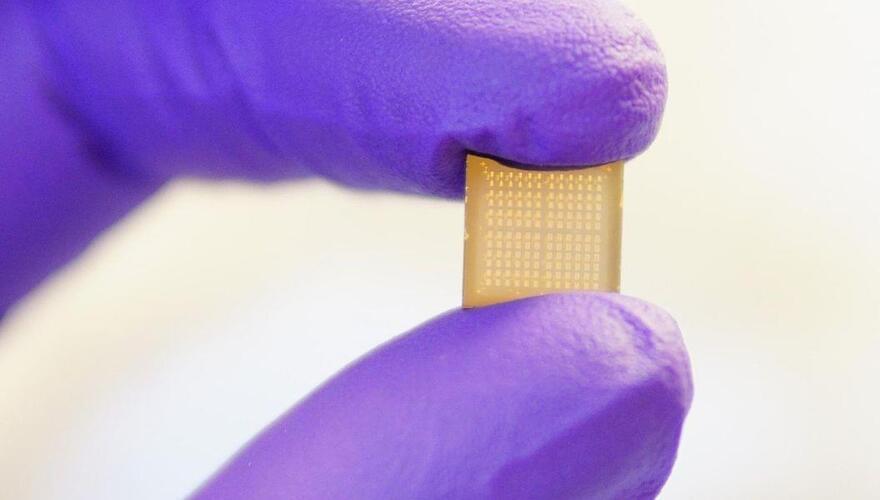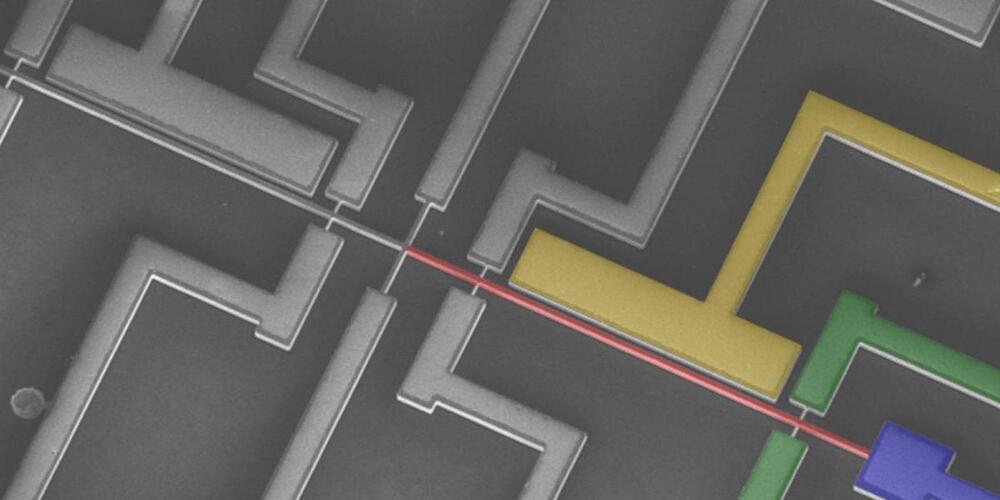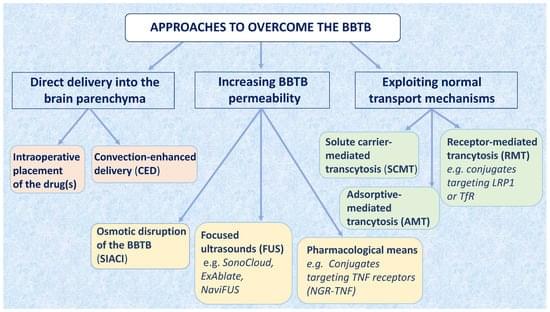Fungal mycelium skins can be used as substrates for electronic devices, physicists and materials sci.



This would be great for teleporting objects for shipping across the planet or cosmos eventually. 😀
Scientists have created a “holographic wormhole” inside a quantum computer for the first time.
The pioneering experiment allows researchers to study the ways that theoretical wormholes and quantum physics interact, and could help solve some of the most difficult and perplexing parts of science.
The wormhole is theoretical: researchers did not produce an actual rupture in space and time. But the experimental creation of one inside the quantum computer – which saw a message sent between two simulated blackholes – nonetheless allows scientists to examine how they might work, after almost 100 years of theory.

Conventional light sources for fiber-optic telecommunications emit many photons at the same time. Photons are particles of light that move as waves. In today s telecommunication networks, information is transmitted by modulating the properties of light waves traveling in optical fibers, similar to how radio waves are modulated in AM and FM channels.
In quantum communication, however, information is encoded in the phase of a single photon – the photon s position in the wave in which it travels. This makes it possible to connect quantum sensors in a network spanning great distances and to connect quantum computers together.
Researchers recently produced single-photon sources with operating wavelengths compatible with existing fiber communication networks. They did so by placing molybdenum ditelluride semiconductor layers just atoms thick on top of an array of nano-size pillars (Nature Communications, “Site-Controlled Telecom-Wavelength Single-Photon Emitters in Atomically-thin MoTe 2 ”).

The James Webb Space Telescope (JWST) and the W. M. Keck Observatory in Hawaii have taken images revealing clouds floating across the skies of Titan, Saturn’s largest moon. These images will help researchers understand weather patterns on Titan, the only world other than Earth known to have liquid oceans on its surface.
The left image was taken by JWST on 4 November. Near the top of the image is Kraken Mare, Titan’s largest known sea, flanked by two fluffy white clouds. It is currently summertime in Titan’s northern hemisphere, the time when clouds were expected to form most easily because of the increased sunshine on the surface. These observations confirm the presence of those seasonal clouds.
In an effort to find out whether the clouds were moving or changing shape, the JWST team reached out to researchers at the Keck Observatory and asked them to take follow-up observations. The image from Keck, taken on 6 November, is on the right.

After the successful completion of India’s first space mission, homegrown firms are now looking to set up manufacturing facilities for satellites etc. Homegrown space startups, Pixxel and Dhruva Space, are eyeing new assembly facilities for satellite manufacturing in the country, following successful satellite launch missions on November 26.
Satellite manufacturing is an integral part of India’s plans for the space sector. The government’s liberalized space policy, which is said to be in the final stages of completion, is expected to allow the country’s firms to take a larger share of the global space market. At present, India accounts for only 2% of the global space economy, according to data shared by Jitendra Singh, Minister of State (MoS) for science, technology and earth sciences, in the Lok Sabha in August.
The two companies are also part of a growing crop of homegrown private space startups that are launching the final trial phase of their products and services. On November 18, Hyderabad-based Skyroot Aerospace became India’s first private firm to launch its own rocket. Pixxel and Dhruva’s satellites were successfully deployed in their intended low-earth orbits (LEOs) on November 26. India’s upcoming space policy is expected to invite more participation from such startups, taking some of the load off ISRO and its coffers.

Earlier this year, astronomers found an absolute monster of a galaxy.
Lurking some 3 billion light-years away, Alcyoneus is a giant radio galaxy reaching 5 megaparsecs into space. That’s 16.3 million light-years long, and it constitutes the largest known structure of galactic origin.
The discovery highlights our poor understanding of these colossi, and what drives their incredible growth.

An adaptable new device can transform into all the key electric components needed for artificial-intelligence hardware, for potential use in robotics and autonomous systems, a new study finds.
Brain-inspired or “neuromorphic” computer hardware aims to mimic the human brain’s exceptional ability to adaptively learn from experience and rapidly process information in an extraordinarily energy-efficient manner. These features of the brain are due in large part to its plastic nature —its ability to evolve its structure and function over time through activity such as neuron formation or “neurogenesis.”
“We hypothesized if we could mimic these neurogenesis behaviors in electrical hardware, we could make machines that learn throughout their life-spans,” says study senior author Shriram Ramanathan, an electrical engineer and materials scientist at Purdue University, in West Lafayette, Ind.


In the new study, Spagnolo and his colleagues instead developed a quantum memristor that relies on a stream of photons existing in superpositions where each single photon can travel down two separate paths laser-written onto glass. One of the channels in this single-qubit integrated photonic circuit is used to measure the flow of these photons, and this data, through a complex electronic feedback scheme, controls the transmissions on the other path, resulting in the device behaving like a memristor.
Normally, memristive behavior and quantum effects are not expected to coexist, Spagnolo notes. Memristors are devices that essentially work by measuring the data flowing within them, but quantum effects are infamously fragile when it comes to any outside interference such as measurements. The researchers note they overcame this apparent contradiction by engineering interactions within their device to be strong enough to enable memristivity but weak enough to preserve quantum behavior.
Using computer simulations, the researchers suggest quantum memristors could lead to an exponential growth in performance in a machine-learning approach known as reservoir computing that excels at learning quickly. “Potentially, quantum reservoir computing may have a quantum advantage over classical reservoir computing,” Spagnolo says.

Tumors affecting the central nervous system (CNS), either primary or secondary, are highly prevalent and represent an unmet medical need. Prognosis of these tumors remains poor, mostly due to the low intrinsic chemo/radio-sensitivity of tumor cells, a meagerly known role of the microenvironment and the poor CNS bioavailability of most used anti-cancer agents. The BBTB is the main obstacle for anticancer drugs to achieve therapeutic concentrations in the tumor tissues. During the last decades, many efforts have been devoted to the identification of modalities allowing to increase drug delivery into brain tumors. Until recently, success has been modest, as few of these approaches reached clinical testing and even less gained regulatory approval.